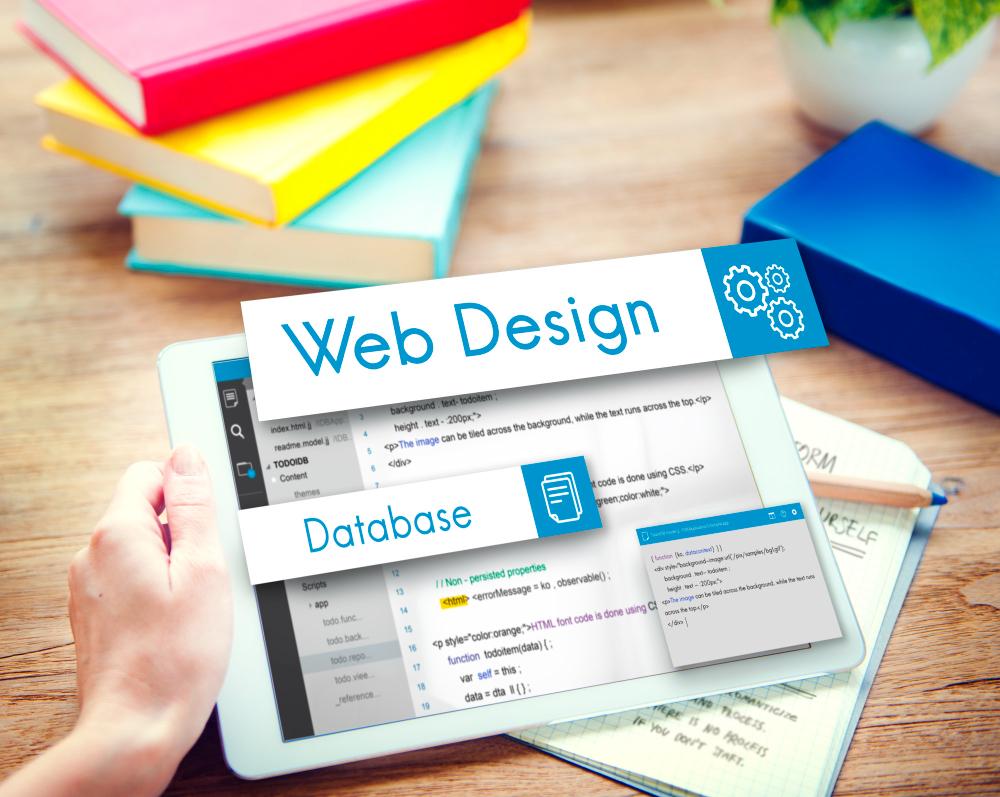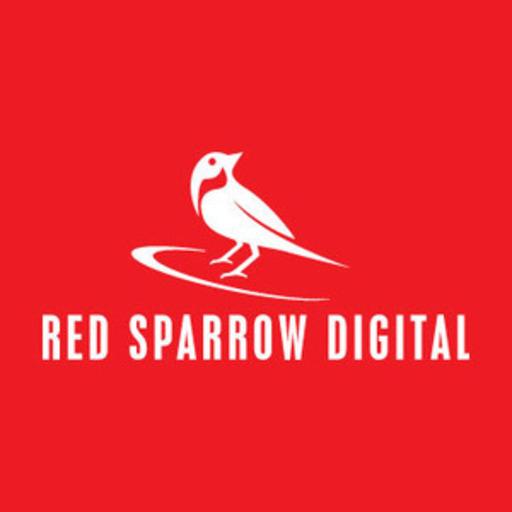Notifications

8 minutes, 2 seconds
-24 Views 0 Comments 0 Likes 0 Reviews

Business owners are moving away from generic templates and overused website designs, opting for something that stands out in a crowded marketplace. This shift makes sense because, after all, you only have a few seconds to capture a customer's attention. If visitors do not see something visually appealing, relevant, or engaging within that short window, they will likely leave and look elsewhere.
But how can you design a website that is distinct from the rest? It is time to go beyond just choosing attractive colors and following user experience trends. Instead, investing in a website that remains relevant over time is the key to long-term success. This article will explore some of the latest trends in website design, helping businesses create a lasting digital presence.
If you are searching for cost-effective website design and development services, consider hiring a web design company in Bangladesh. You can receive high-quality websites at a budget-friendly rate that aligns with your business plans. Now, let’s explore the emerging trends shaping website design in 2025.
Engaging users through interactive elements can enhance their experience and keep them on the site longer. Interactive navigation, dynamic infographics, and motion-based features create a more immersive journey. Infographics, for instance, are 30 times more likely to be read than plain text, making them an effective way to communicate information.
Interactive features do not always have to be complex or costly. Something as simple as a color burst effect when a user clicks a button can add personality to the design. Small animations and transitions provide visual appeal, making the website more engaging. The goal is to create movement that captures attention without overwhelming the user.
Websites with minimalist designs focus on essential elements, eliminating unnecessary clutter. Many users appreciate a clean and straightforward interface that avoids bombarding them with excessive pop-ups, advertisements, and distractions the moment they land on a page.
A well-executed minimalist design simplifies the customer journey, directing them toward relevant content without unnecessary noise. Some websites push minimalism to the extreme, featuring only one or two lines of text with essential buttons. No images at all. While this approach is not suitable for every brand, it demonstrates how simplicity can be powerful when executed effectively.
Strategically placed animations can elevate user experience when customized to align with a brand’s identity. These animations should be subtle yet effective. For example, a login box shaking when an incorrect password is entered, a brand mascot appearing to thank customers after a purchase, or icons dynamically responding to user interactions all contribute to a more engaging interface.
Animations should enhance the user experience rather than become distractions. Well-timed movements create a more intuitive and enjoyable browsing experience, making the website feel alive without overwhelming the visitor.
Incorporating small, engaging games into a website can encourage visitors to spend more time on the page. A well-designed game can entertain users, making them more likely to explore other sections of the website.
Simple games that are easy to understand allow visitors of all ages and backgrounds to participate. Whether it is a trivia quiz, a spinning wheel for discounts, or an interactive challenge, gamification encourages engagement and increases the time users spend on the site, which can have a positive impact on conversions.
Artificial intelligence (AI) is revolutionizing website personalization. AI-driven automation allows websites to recommend products and services based on customer data. This technology helps users navigate content more efficiently by filtering out irrelevant information and directing them to what they are looking for.
By providing personalized recommendations, AI can significantly improve conversion rates. Users appreciate a tailored experience that saves them time and presents them with relevant options without requiring extensive searching.
A groundbreaking trend in website design involves automatic personalization based on user behavior and preferences. Some websites are exploring ways to adjust their visual layout and content depending on who is visiting. This approach would allow each user to experience a unique version of the site tailored to their tastes.
The success of this trend will depend on privacy settings and the amount of user data available. If executed well, it has the potential to create a website that resonates with individual visitors, making interactions feel more intuitive and customized.
A timeless website must be accessible to all users, including those with disabilities. In 2025, website designers are focusing on creating platforms that cater to a broad audience. This includes incorporating features such as voice navigation, text-to-speech compatibility, and customizable contrast settings for visually impaired users.
Ensuring that a website is inclusive not only broadens its reach but also enhances its reputation. Businesses that prioritize accessibility demonstrate a commitment to serving all potential customers, which can strengthen brand loyalty and user trust.
No matter how innovative a website’s design is, slow load times can drive users away. Studies show that even a one-second delay in loading can significantly reduce engagement and increase bounce rates. In 2025, website developers are prioritizing performance optimization by compressing images, using lightweight code, and implementing efficient caching strategies.
A fast-loading website enhances user satisfaction and improves search engine rankings, making it a crucial aspect of timeless design. Regardless of how trends evolve, speed will always be a top priority for websites looking to retain visitors.
Website design is evolving toward a more interactive, automated, and personalized approach to improve user experience. With the growing influence of AI, new and innovative designs will continue to emerge. However, some fundamentals will remain unchanged: websites must be easy to read, simple to navigate, and quick to load. These core principles never go out of style, making them essential for creating a website that stands the test of time.
Website Design web development company Affordable Website Design

